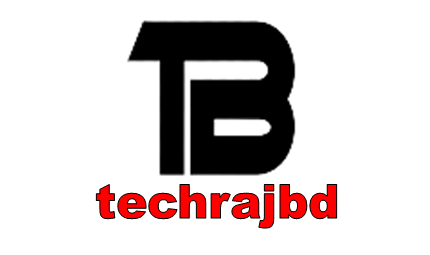Top 10 Affiliate Networks For 2018
 Affiliate Networks
Affiliate Networks
An affiliate network acts as an
intermediary between publishers (affiliate marketers) who sell products and
services and the merchants who create those products and services and their
affiliate programs.
For merchants, affiliate network services
provided often include reporting, tracking, payment and refund processing,
affiliate management, and most importantly – access to a large base of
publishers (affiliate marketers).
For affiliate marketers, network services
include a central database of available affiliate programs organized by
category and popularity to choose from, a simple registration platform for
those programs, reporting tools, analytics, and payment processing.
While affiliate marketers are generally
able to join affiliate networks for free, merchants usually have to pay a fee
to participate in the network. Affiliate networks usually charge an initial
setup fee for each merchant and often a recurring membership fee. It’s also
common practice for affiliate networks to charge merchants a percentage of the
commissions paid to affiliates. This percentage is known as an ‘over-ride’ and
is payable on top of the affiliates commissions. But make no mistake about it,
despite these fees, the benefits to the merchant for joining these networks is
well worth the price. Here’s why…
There are several payout models used by
affiliate networks including the two primary models: CPS and CPA.
(CPS)Cost-Per-Sale
CPS, also referred to as PPS (Pay Per
Sale), is a low-risk, high-profit, revenue-sharing model used by marketers to
lure an unlimited number of new customers to their product or service.
Cost-Per-Sale pays a set commission to the affiliate marketer who refers a lead
that results in a purchase. Marketers love the CPS model since they only pay a
commission after they get paid first by the purchasing customer. It’s in
essence free marketing and advertising since the affiliate is the one who
produces the lead without any up-front cost to them. This is also why CPS
payout commission percentages are so high. Incidentally, the CPS model is
primarily what we focus on here at highpayingaffiliateprograms.com.
(CPA)Cost-Per-Action
CPA marketing programs pay affiliates when
a specific action is taken by the referral or lead. Common actions
include clicks, impressions, form submits, sign-ups, registrations, or
opt-ins. Since Cost-Per-Action models don’t necessarily involve a direct
sale (and involve more risk taking) the payout percentages are far smaller than
they are in Cost-Per-Sale.
The whole article is here.
provided often include reporting, tracking, payment and refund processing, affiliate management, and most importantly – access to a large base of publishers (affiliate marketers).










কোন মন্তব্য নেই